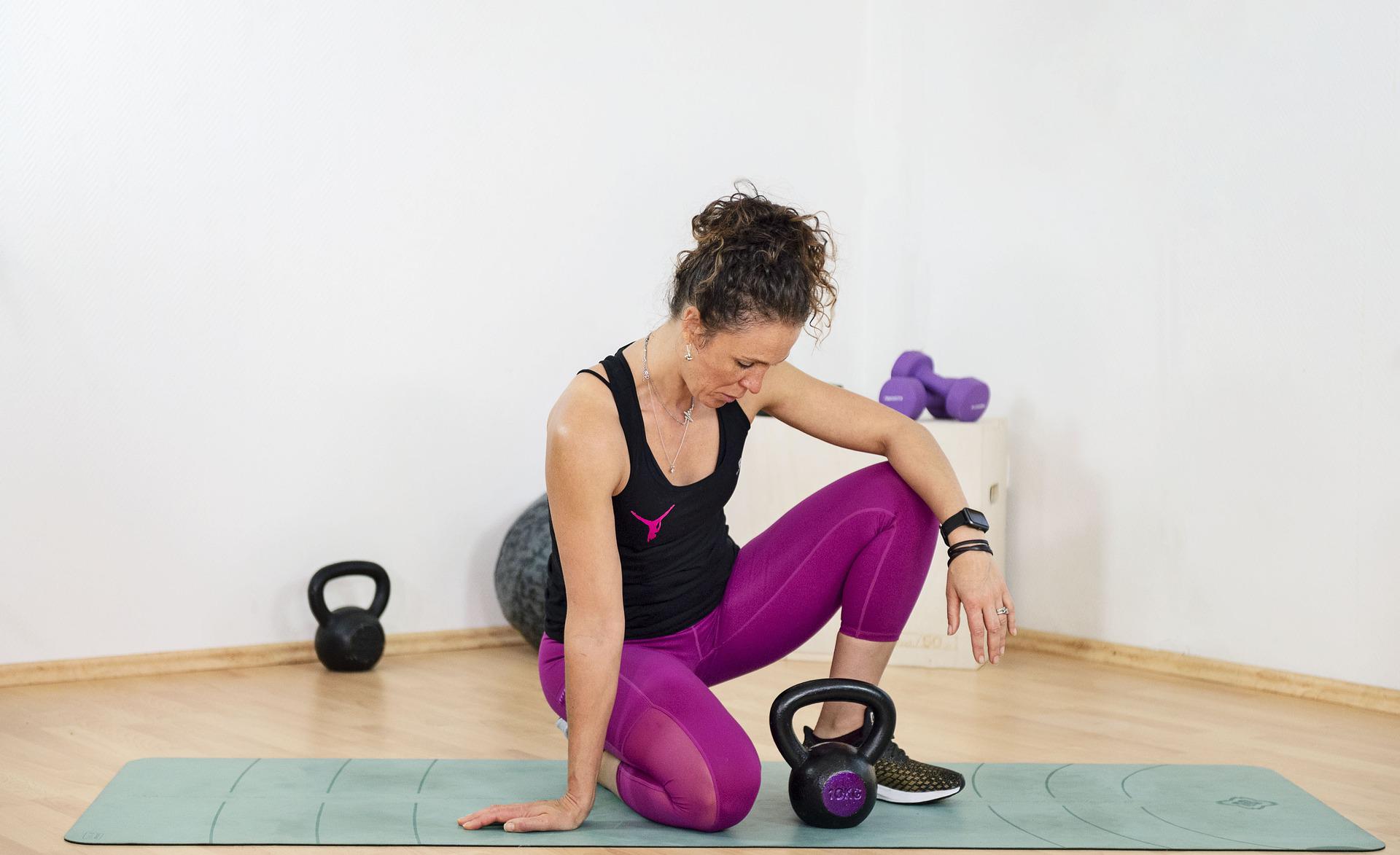Regular fitness classes are ultimately a way to maintain harmony and beauty of the body. They also help you take care of your health and prolong youth. With modern lifestyles, it can be hard to keep up with exercising all the time, so many people turn to simple things like classes over gyms for their exercise. One good alternative to going to the gym are home workout routines, which can easily supplement a weight lifting routine if wanted.
Daily workouts at home or doing them at least a few times per week is great for keeping fit and healthy. It’s really important to do them on a routine basis, so you don’t let your body weaken. Working out regularly is great for filling you with vitality. Exercise has been the predominant choice for beginners long before the appearance of HIIT, which is a difficult type of fitness that requires someone else to monitor you.
An effective workout program has to blend the needs of the person using it with those of their individual muscles, so that the individual can make progress in a healthy manner. They have to be careful not to leave out any important aspects of the muscle, and when they are drawing up programs it is important.
When it comes to doing homework, a suitable location is important. Try to find someplace that is quiet and doesn’t get too much noise from others – or anywhere else for that matter. Ventilate the space before training if needed.
Create a routine to help you stay cool and comfortable by dressing in breathable cotton clothing. You’ll need appropriate clothes for the activity. When the activity is aerobic training, good shoes are necessary so they can absorb shock.
Before the workouts, a warm-up is required. It will prepare your body for more physical activity and keep injury or bruising away. After the workout, it’s important to do stretching exercises to relieve any tension from your muscles.
Physical exercise and proper rest are both important to achieving weight loss – that’s why it’s best to carry out the training once every two or three days. This will give your muscles time to recover before the next training session. If you want to do aerobic exercises more often, make sure you only do them if there are no sore joints.
One of the most important aspects of any home workout routine is that it’s done on your own and provides qualitative results. You shouldn’t increase physicals to fast or push yourself too hard, so get off the couch and start a fitness plan that suits your needs.
When considering certain issues, people generally weigh the pros and cons before they come to any decisions. One point in favour of exercising at an outdoor gym is that it’s been noted to improve wellbeing. A big advantage to train at home is the ability to select the time of your classes without any consideration of what the gym is open for. This makes workouts more productive and profitable, since you don’t have to worry about paying a membership fee or paying for personal training sessions with a professional trainer. Between the familiarity of fellow athletes and the clean, private facilities it doesn’t make sense to train anywhere else. With a variety of programs available, you’ll never miss a beat.
The disadvantages of self-training include: not receiving expert coaching, coping with later issues and the need to study up on different exercises. The lack of simulators that allow you to diversify the training program. Distractions like family members, animals, calls or guests.
Making time for your workouts is key to successfully completing them, so before you start sweating at home without a plan in mind, think about creating a training schedule. Along with that, devise a workout program that will help you stand out from the pack and take your health to the next level.
Beginners should first start with workouts that have a balance between aerobic and strength training, either with a circular or linear program. They tend to be high intensity meaning you can see results quickly by burning body fat.
A fitness program is as simple as doing exercises for each muscle group in a set of 10-20 repetitions. When that’s done, it’s time to take a pause and repeat the set. A good rule of thumb for maximal rest periods between sets is 60 seconds. Additionally, your routine should include bench presses, pull-ups, various twists, curls with dumbbells, squats and lunges.
3 workouts per week is the optimal number. You can design your own fitness program, or use a ready-made one and make adjustments. Any training without a strict schedule and obligations (purchased monthly or annual subscription), without a close coaching eye, risk being abandoned after a day, a week, a month. And in this case, the formation of habits and understanding of the needs will take longer than it would if there was some structure.
One of the most important things to note is that people who frequently exercise have better physical and mental health. You might think that allowing yourself some slack for a day, week or month will help you make it a habit, but you can end up giving in to temptation too soon. Sticking at your fitness routine needs dedication. If you’re planning to take evening classes, be prepared to turn down friends’ invites as you’re busy with training (even when you’re actually at home and your own boss!). For those who think it’s worse to practice in the morning, we have some negative news for you. It turns out that it is not very convenient after all. For the first two months of practicing diligently and every day, you will notice no benefits from your efforts.
If you’re looking for a fitness program that can be done from home and would like to see gradual changes (say for example, feeling your waist shrink by a couple of inches and shedding some pounds), it’s ok to train 2-3 times a week. Start by focusing on the goal of looking good for a specific date. Once this has been accomplished, set up pathways to stay with your goal. Achieving it should be followed by finishing and consolidating a result.
Working out at home can lead to progress if you take these exercises seriously.

